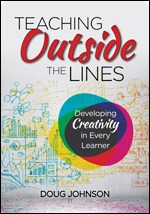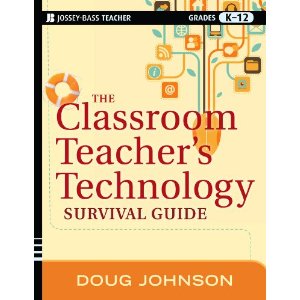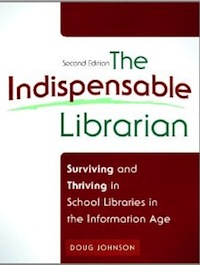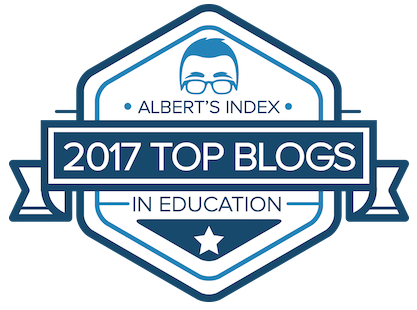 Seven mental imps of information/technology integration
Seven mental imps of information/technology integration
I've been asked to give a 20 minute talk tomorrow about "integrating information literacy and technology skills good" in schools. I am a little hesitant to do so.
While our district has done more than many to make this happen and we have been working on this for a very long time, we still have a long way to go before I would say we have anything approaching an exemplary implementation.
So I think I will use my 20 minutes to visit about some impish mindsets I've seen working against schools trying to make sure students have good IT/IL skills. Here are some of the detrimental ones I've encountered:
1. IMperial. IT/IL skills are only for necessary for kids going on to college or for "gifted and talented" students. Take a look at today's jobs. Everybody needs "to be able to use information and technology in order to solve problems and answer questions." And ironically, activities that teach IT/IL skills tend to be hands-on and appeal to those kids with less than a purely academic bent.
A corollary is that IT/IL skills are only about traditional research methods - footnotes, secondary sources, bibliographies, margins, footnotes. Yes, some kids need to know how to do this, but everyone needs to answer the pragmatic everyday sorts of questions.
2. IMPosing. IT/IL curriculum and the activities that teach it must be big and complex. Oh, and we should be extra fussy about what we call them. This may be the biggest mistake we make. Having good IL skills basically boils down to being able to competently answer these questions:
- What is my question or problem?
- Where do I get reliable information in order to answer it?
- How do I communicate my findings to others?
- How do I know I've been successful?
And students need to know the technology skills which will help them answer these questions.
Oh, the Super3 simplifies even further: Plan, Do, Review. Or look at Alice Yucht's Flip-It model. This does not need to be rocket surgery.
And problem-solving needs to be an everyday occurrence - not something done in huge blocks of time, once or twice a year. It's also easy to get hung up on names - Information Literacy, Technology Literacy, Information Fluency, Computer Skills, Information Problem-Solving, Research Skills, etc.. Yes, it probably is important symbolically, but not to the teachers who need to teach the skills.
3. IMPediment. Teachers may choose whether to teach IT/IL skills. As Bernajean Porter likes to say, "When something is optional, some people will choose NOT to do it." To keep these skills from being "optional," we need state-mandated standards and state-required assessments. Federal would even be better.
Oh, and to think the librarians and technologist alone can teach these skills is a big mistake.
4. IMPosition. Teaching IT/IL skills are viewed as an imposition, not improvement, to the curriculum. Here's a simple suggestion: Integrate IT/IL projects and activities into the least successful units of the curriculum, not the best. Think about it.
5. IMProbable. Teaching IT/IL skills can be done without resources. Yes, kids do better when there are adequate print and electronic resources. (And this means more than just the "free" Internet.)
Probably the most important resource teachers and students need access to, however, is an information/technology professional - a great librarian - with whom they can partner.
6. IMPossible. The IT/IL skill curriculum is so complicated that it is impossible to implement. Stages and planning are requires - as is determination and stamina. Our district (see A Curriculum Built Not to Last) took two years to build the framework, revises every year, and does a formal review of the standards and benchmarks about every five years. It is a big task, but it can be done if there is a will. How do we revise now to look at Pink's right brain skills?
7. IMPasse. Standardized tests are the only measure of a student's (and school's) performance. This probably the biggest barrier to the implementing good IL/IT curriculum at present. Yup, readin' and 'rithmatic' are important - but this is truly the 4th 'R that everyone needs. I believe our parents and community know this - it's just Feds that don't seem to get it. Perhaps for sinister reasons. We need to show the courage of our convictions and provide every child a full education - despite the DOE. Too bad it can't be with its help. Inform your parents that schools are more than the some of their scores.
There are some other "imps" at work here as well. The task of integrating information and technology skills across the curriculum in every school is also IMPerative, IMPortant, and will IMProve education. If we don't, we are IMProvident.
Any Imps to add to this IMPressive list? ;-)
 Friday, July 6, 2007 at 06:44PM
Friday, July 6, 2007 at 06:44PM 








